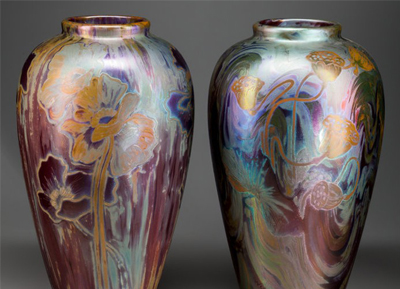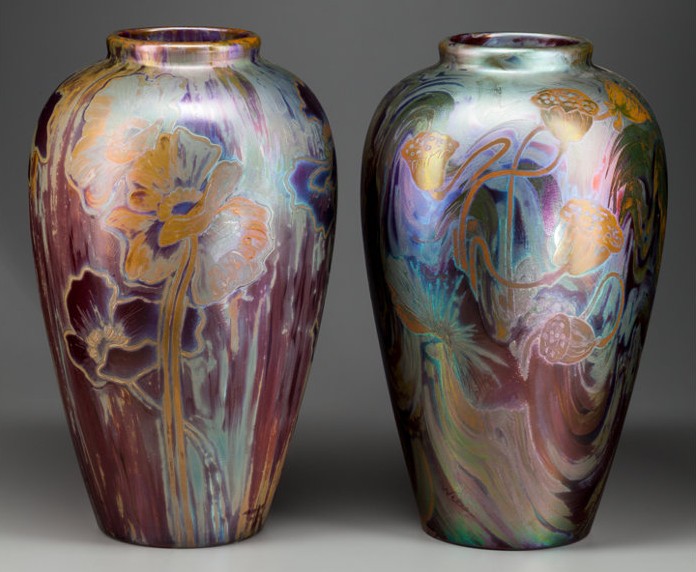
NEW YORK – At the turn of the 20th century, Ohio was a hotbed for art pottery, particularly in Zanesville, where a combination of rich clay deposits and natural resources such as coal and gas aided ceramics production. Rookwood in Cincinnati was world famous but 150 miles away, potters in Zanesville not only sought to emulate Rookwood but make their own mark on the industry.
Among Zanesville potters, perhaps none is as well known as Weller Pottery, which began humbly in 1872. Founder Samuel A. Weller began his company in a small cabin with a single kiln in nearby Fultonham, 11 miles away, but soon moved to Zanesville. By the early 1900s, he had grown the company there to be the largest potter in the country, employing around 500 people. It made and hand-decorated mostly pedestrian pottery from flowerpots and crocks to dishes and vases as well as whimsical and beautiful garden ornaments from gnomes to swans. It is also recognized for a handful of exceptional and elegant pieces, some of which received acclaim internationally, such as at the 1904 World’s Fair in St. Louis.

Among Weller’s renowned pottery lines were Sicard, Hudson, Hobart, Dickensware, Eosian (also spelled Eocean), Louwelsa and Aurelian. From heavy slip decoration, skilled artistry and craftsmanship to high gloss finishes and masterful color blending, the company was skilled at pottery. In its heyday, before switching to mass-produced and molded pieces in the 1930s, Weller employed several talented chemists and designers who developed some of these striking lines that were decorated by talented artists such as Ed Pickens and Eugene Roberts.
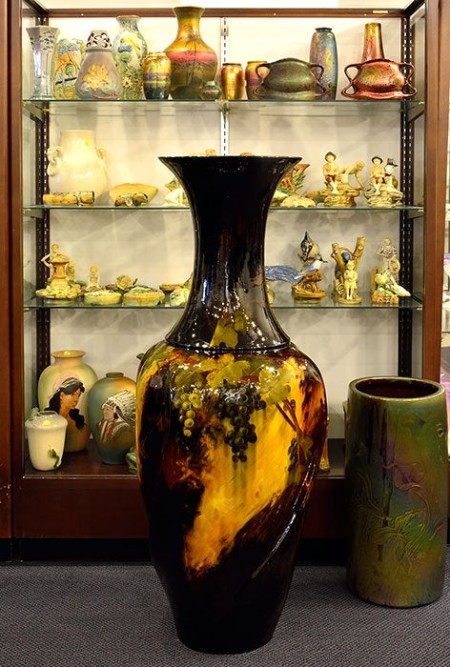
The most famous of these include English native Frederick Hurten Rhead (1880–1942), a leading figure in the Arts and Crafts movement, and French chemist Jacques Sicard, who notably developed the Sicard line for Weller that has a lustrous metallic finish. Unlike others in his position at Weller, Sicard refused to share his formula with his employer. He closely guarded his formula secrets (reportedly only speaking a French-Swiss dialect to his assistant as they worked in a locked room in the factory). Sam Weller failed in his efforts to obtain Sicard’s secret formula and tried unsuccessfully to replicate it after Sicard left the company to return to France.
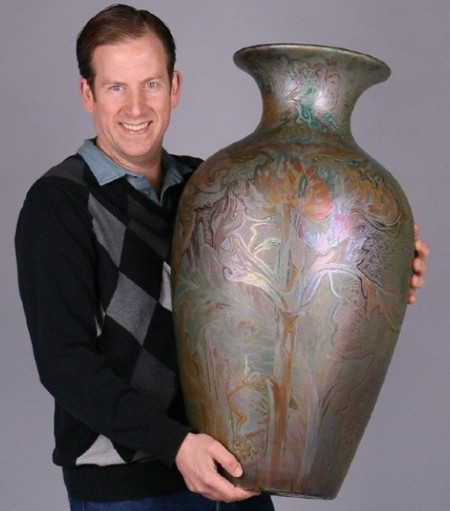
Riley Humler, auction director and art pottery expert at Humler & Nolan in Cincinnati, said while Weller made many standard items, every so often there are unusual items that just show up.
“Weller is an interesting company. They were in business for a long period of time and the things that we see that fascinate me are the number of unique things that Weller produced,” he said. “There is a regular line of stuff that you can kind of depend on with Weller and then there are lots of these oddball pieces that just kind of make you scratch your head like ‘How did that happen’ and ‘Why did Sam let that happen?’ I think maybe there was intent to mass-produce some of these items but it never happened. That’s one of the fun things about them – we enjoy those pieces that you just don’t expect to see and suddenly there they are.”
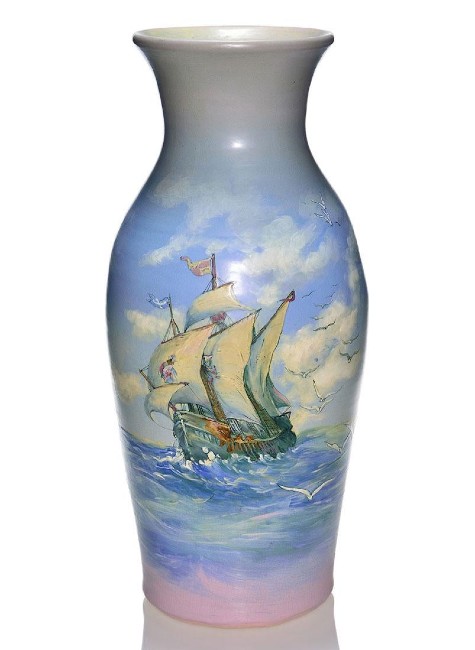
Probably one of the best lines of Weller was its Sicard line, Humler noted. Sicard was one of a handful of pottery chemists in France doing what was called reflective metal pieces with high luster glazes. “Weller brought Sicard over to make a similar line at Weller, which he did for a number of years,” he said. “Sicard produced pieces under the Weller heading and when they are good, they are really spectacular. They were so good that Sicard pieces were actually sold at Tiffany’s in New York, so they are very popular,” he said.
Humler retains a fondness for the Dickensware line and calls it an interesting variation, even though he said it has now fallen on hard times. “People don’t seem to like it as much but some of the portraits that were done at Weller in the Dickensware line are really quite nice and deserve more attention than they particularly get,” he said.
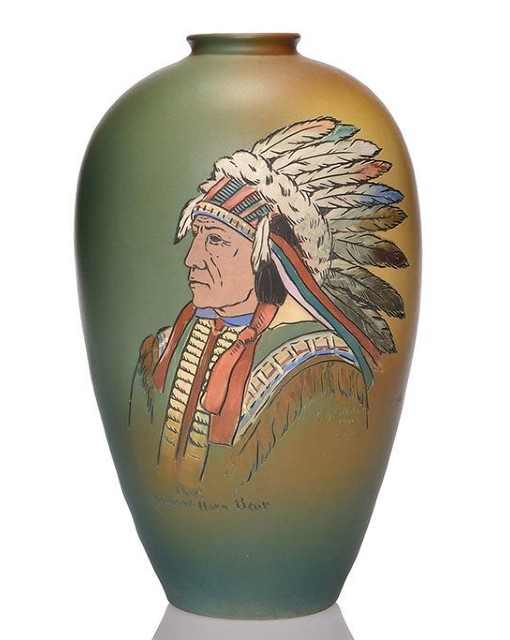
Among the best-selling Weller pieces are ones made for the St. Louis World’s Fair (1904), where the company had a major presence. Some of its exhibition pieces made for the fair were massive, standing over 4 feet tall. “The World’s Fair was a big extravaganza for Weller and I think they were the only company to exhibit there that actually made things at the fair, not just bringing things but actually had people there throwing pots,” Humler said.
While Weller was more influenced by others, particularly Rookwood, than being an influencer, it did create some innovative pieces, cementing its legacy in the history of American art pottery. By the time the Depression began, the company was struggling and as World War II ended, so did Weller, closing its doors in 1948.
Weller pottery is still highly collectible today, though. “I think Weller deserves a lot of credit for some of the interesting and innovative things they have done over the years,” Humler said. “Again, a lot of the oddball pieces that come out of Weller that you don’t expect to see are the ones that make it interesting for me. They are just some of the most fun things that I see in terms of pottery, not always the most saleable but some of the stuff they did is just fantastic.”


